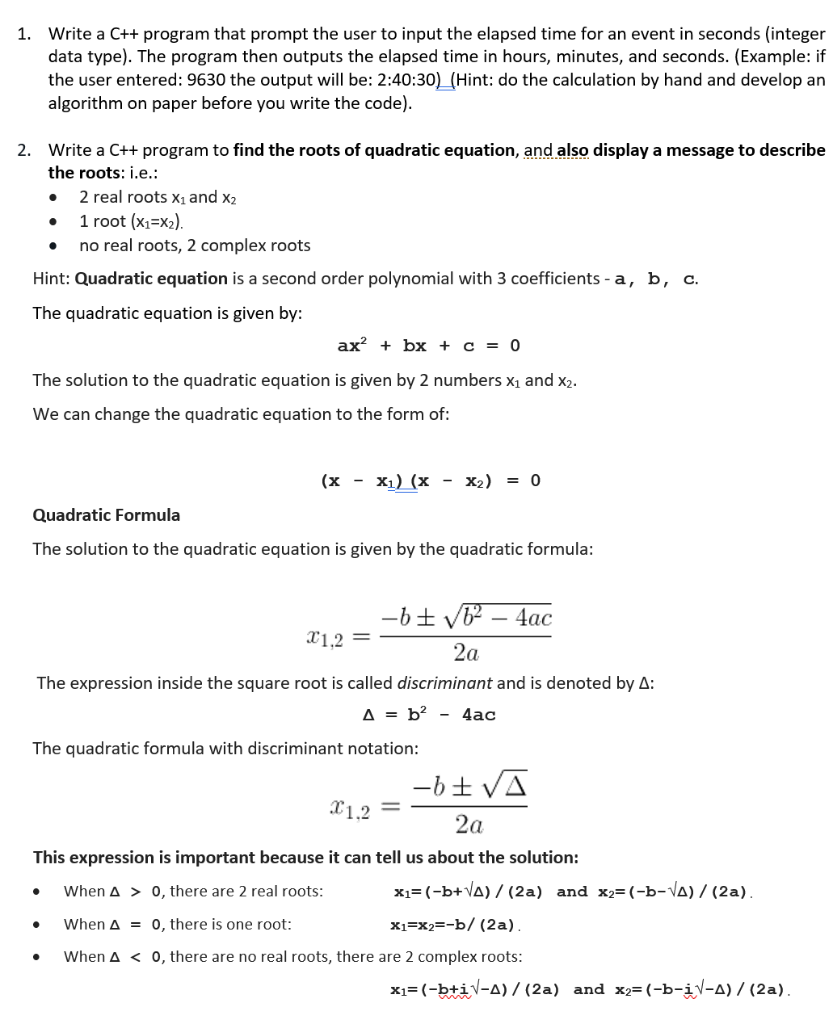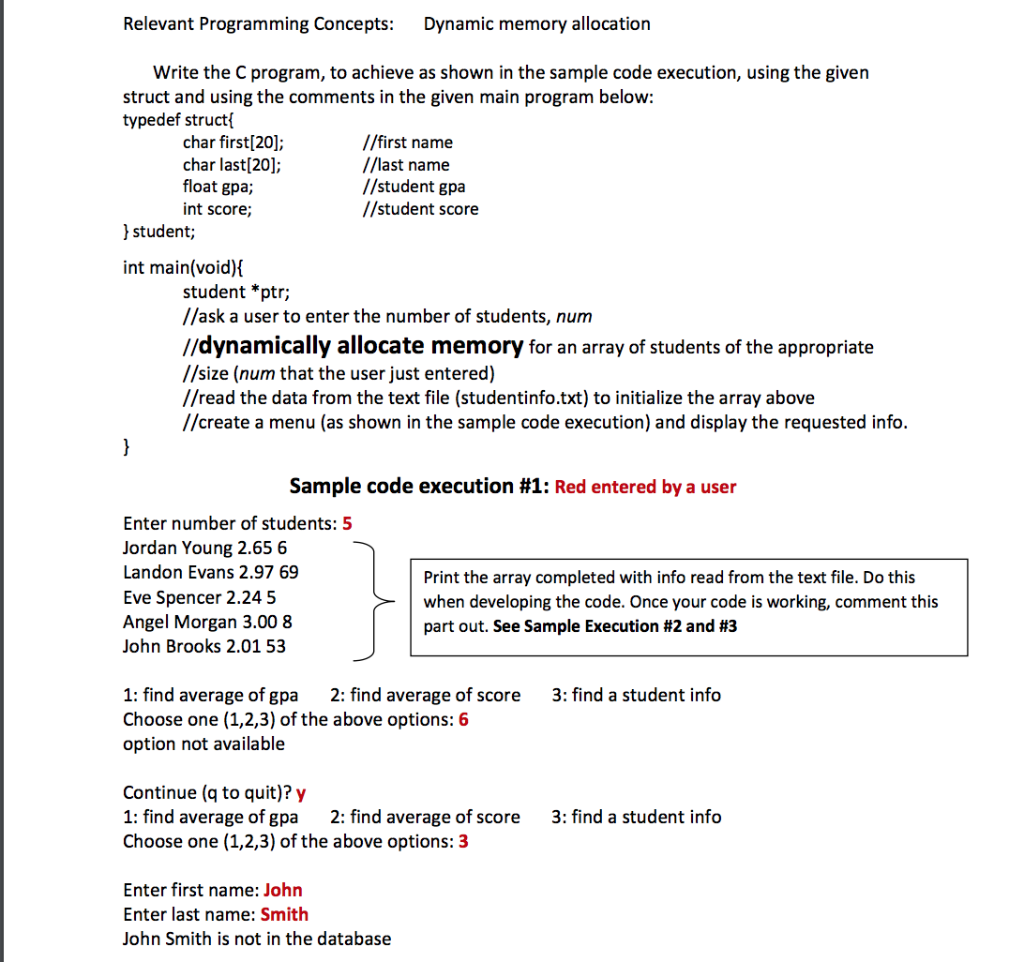
Like the Student’s t-test for two samples and the ANOVA (for 3 or more samples), there are also different versions of the one sample t-test.

On the contrary, if the mean of the sample is close to the specified value, we cannot reject the hypothesis that the population mean is equal to what is expected. It works as follows: if the mean of the sample is too distant from the specified value (the value under the null hypothesis), it is considered that the mean of the population is different from what is expected. In this context, the one sample t-test is used to determine whether the mean of a measurement variable is different from a specified value (a belief or a theoretical expectation for example). In other words, we first collect a random set of observations from a population, and then some measurements are calculated in order to generalize to the population the information found through the sample. Remind that, unlike descriptive statistics, inferential statistics is a branch of statistics aiming at drawing conclusions about one or two populations, based on a subset (or two) of that population (called samples). One sample t-test is an important part of inferential statistics (probably one of the first statistical test that students learn).

How to write c code by hand how to#
After having written an article on the Student’s t-test for two samples (independent and paired samples), I believe it is time to explain in details how to perform one sample t-tests by hand and in R.


 0 kommentar(er)
0 kommentar(er)
